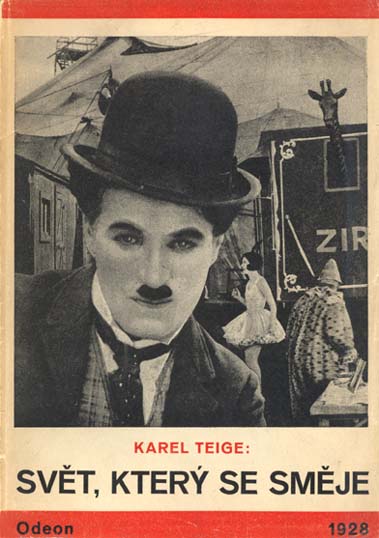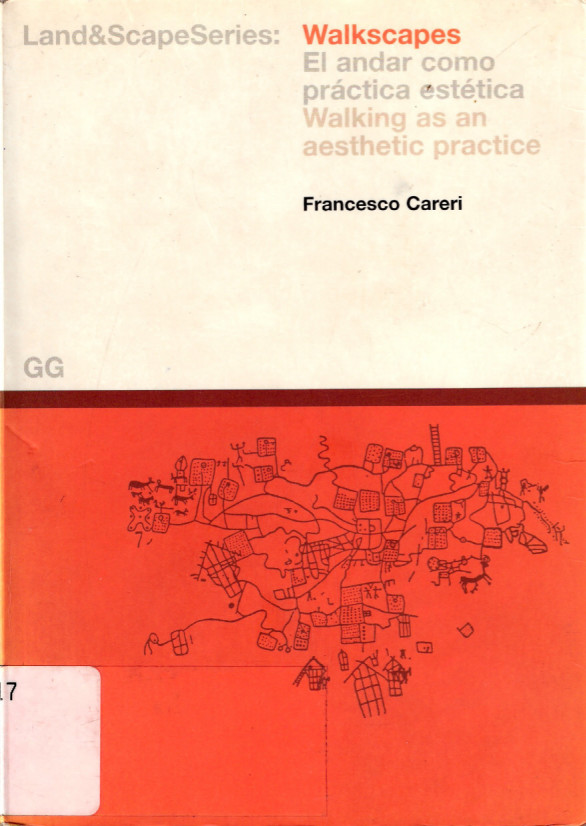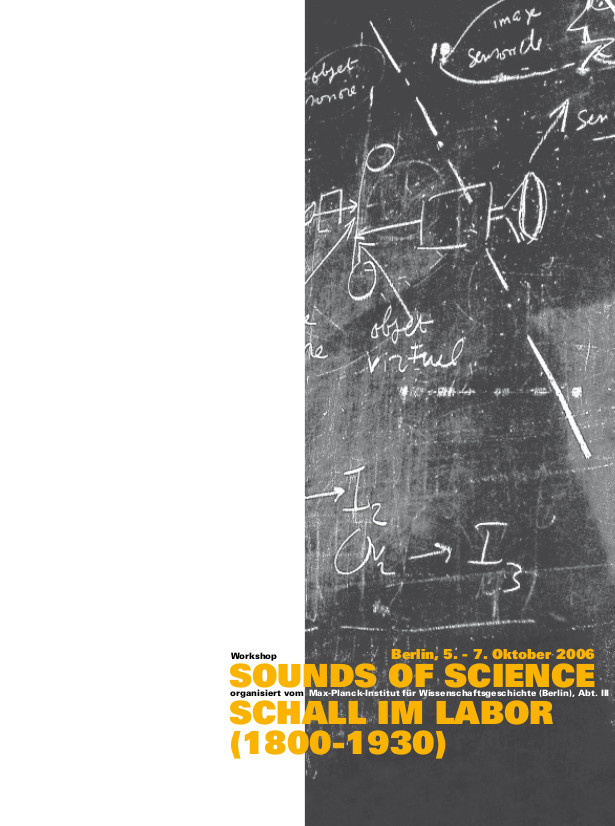Karel Teige: O humoru, clownech a dadaistech, I-II (1928-30/2004) [Czech]
Filed under book | Tags: · aesthetics, art, art theory, avant-garde, circus, dada, film, humour, poetry, surrealism, theatre


Dvousvazková kultovní práce vůdčího teoretika české avantgardy je unikátní studií o dadaismu.
První svazek obsahuje kapitoly “pojednávající o humoru, o světském a neliterárním dadaismu a o poezii cirkusu, music-hallu a lunaparku”. Druhý svazek “kreslí svět moderní básně, svět, který voní; podává genezi dadaismu přehledem vývoje od Baudelairea až k Tzarovi, charakteristiku hnutí dada i surrealistické revoluce a v závěru pokouší se formulovat teorii a estetiku nové poezie pro všecky smysly, podloženou fakty korespondence a analogie mezi jednotlivými obory ‘umění’..”, to, co “je jádrem nové estetické teorie, která se zve poetismem”. S doslovem Jiřího Brabce.
O humoru, clownech a dadaistech, I: Svět, který se směje
Originally published by Odeon, Prague, 1928, 112 pp
Publisher Akropolis, Prague, 2004
ISBN 8073040425
114 pages
O humoru, clownech a dadaistech, II: Svět, který voní
Originally published by Odeon, Prague, 1930, 240 pp
Publisher Akropolis, Prague, 2004
ISBN 8073040530, 9788073040536
244 pages
review (Vol. 1, Andrea Jochmanová, Literární noviny, in Czech)
review (Vol. 2, Jan Nejedlý, Čro Vltava, in Czech)
Francesco Careri: Walkscapes: El andar como práctica estética / Walking as an Aesthetic Practice (2002) [Spanish/English]
Filed under book | Tags: · aesthetics, art history, city, dada, land art, landscape, lettrism, minimal art, nomadism, situationists

Walkscapes deals with strolling as an architecture of landscape. Walking as an autonomous form of art, a primary act in the symbolic transformation of the territory, an aesthetic instrument of knowledge and a physical transformation of the “negotiated” space, which is converted into an urban intervention. From primitive nomadism to Dada and Surrealism, from the Lettrist to the Situationist International, and from Minimalism to Land Art, this book narrates the perception of landscape through a history of the traversed city.
With an Introduction by Gilles Tiberghien
English translation: Steve Piccolo, Paul Hammond
Publisher Editorial Gustavo Gili, Barcelona, 2002
Land&Scape series
ISBN 8425218411
205 pages
PDF (removed on 2017-4-1 upon request of the publisher)
Comment (0)Julia Kursell (ed.): Sounds of Science – Schall im Labor, 1800–1930 (2008) [English, German]
Filed under proceedings | Tags: · acoustics, aesthetics, history of science, music, radio, science, sound

The following collection of papers documents the workshop Sounds of Science – Schall im Labor, 1800 to 1930, carried out at the Max Planck Institute for the History of Science, Berlin, in October 2006.
The workshop asked about the role sound plays in the configurations among science, technology and the arts, focusing on the years between 1800 and 1930. The chronological point of departure was the appearance of a registration technique: in 1802 Ernst Florens Friedrich Chladni published his book on acoustics where he extensively described the Klangfiguren – his visualizations of the movements of a vibrating, sounding body. This time span was also characterized by the systematization of research into hearing, which Hermann von Helmholtz greatly promoted through his book On the Sensations of Tone as a Physiological Basis for the Theory of Music, which first appeared in 1863. Helmholtz’s resonance theory of hearing described in this book was not replaced by a new explanation for the process of hearing until the end of the 1920s, which gives another temporal delineation for the workshop. Furthermore, between 1800 and 1930 a wealth of technical innovation in the realm of acoustical media occurred: in addition to a series of visualization techniques for sound, the phonograph and gramophone, microphone and loudspeaker, telephone and radio were invented. As well, the music of European tonal composition underwent a radical change during this time that led to a collapse of the tonal system and provoked the demand for music composed of sounds and noises, rather than tones.
Conference participants were invited to discuss the role of sounds in the laboratory from different angles, in three parts. The “Materiality of Sound” was oriented towards research into material cultures and cultural techniques in experimentation. “Registration, Transmission, Transformation” put questions of medial historiography into the foreground, while “Experimental Aesthetics” thematized aesthetic implications.
With papers by Bernhard Siegert, Peter Szendy, Julia Kursell, Florian Hoelscher, Florian Dombois, Henning Schmidgen, Jonathan Sterne, Wolfgang Hagen, Douglas Kahn, Daniel Gethmann, Elena Ungeheuer, and Myles W. Jackson.
Publisher Max-Planck Institute for the History of Science, Berlin, 2008
MPG Preprint 346
Open Access
134 pages
PDF (15 MB)
Comment (0)
